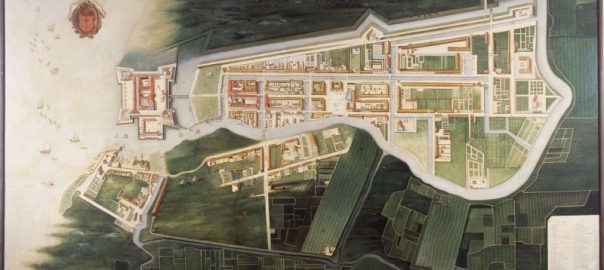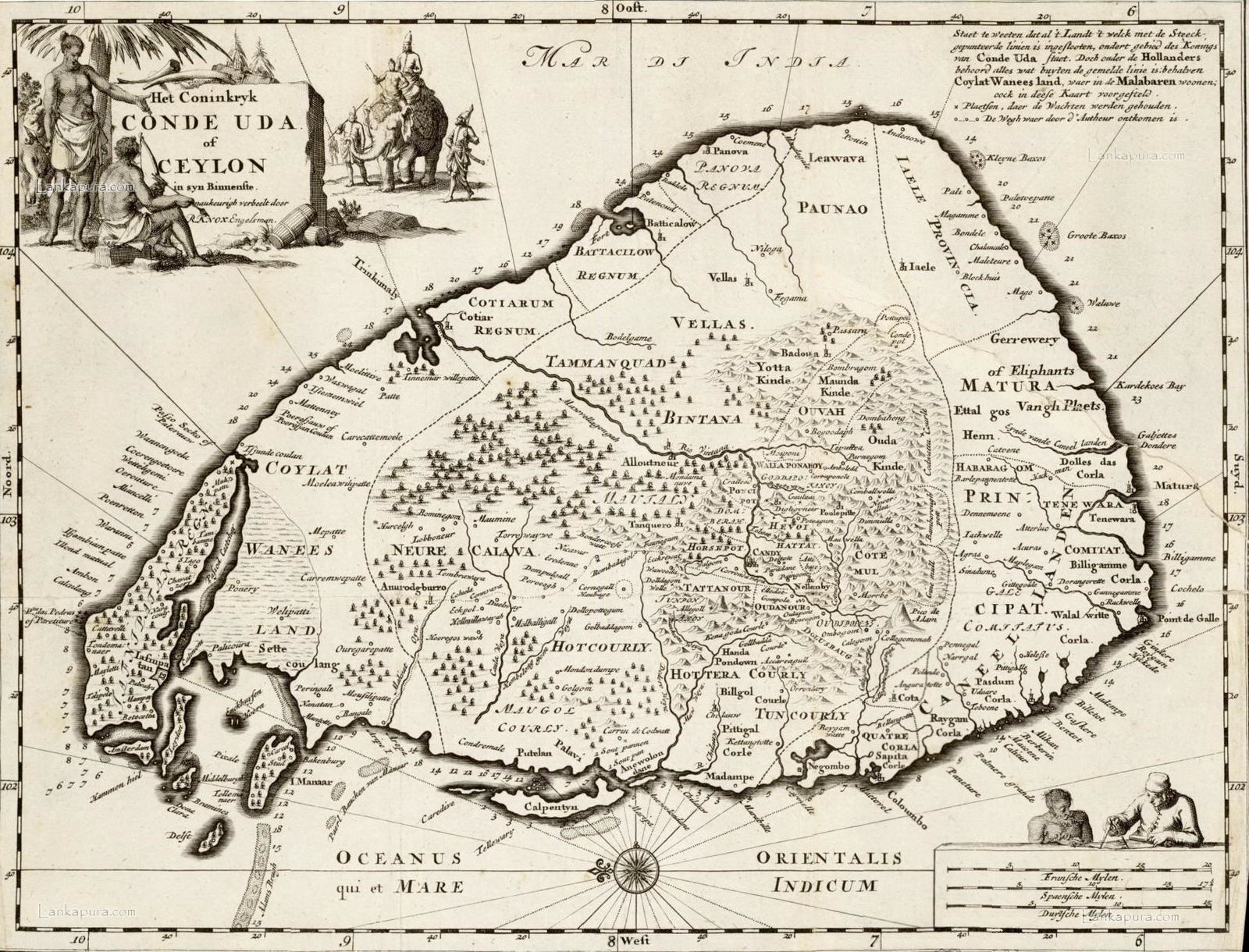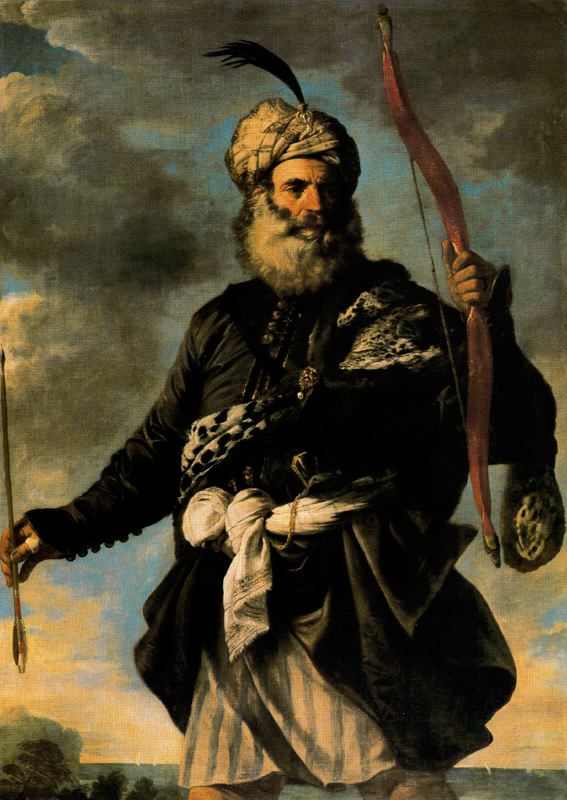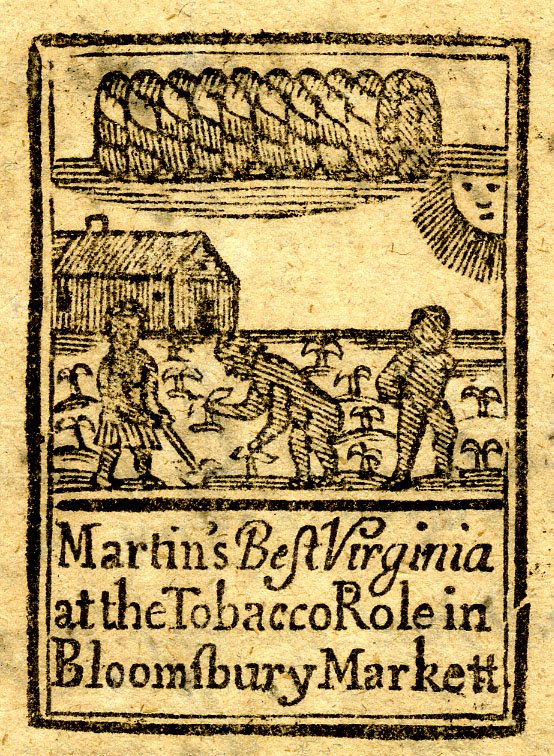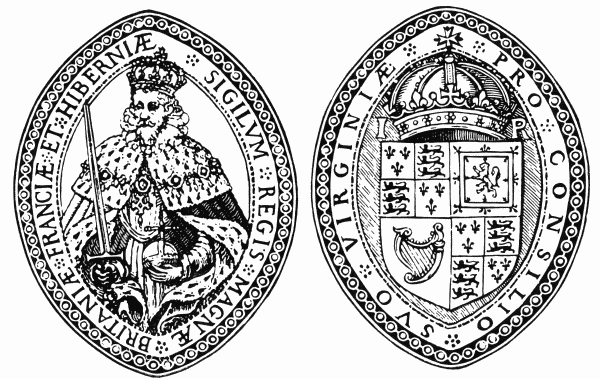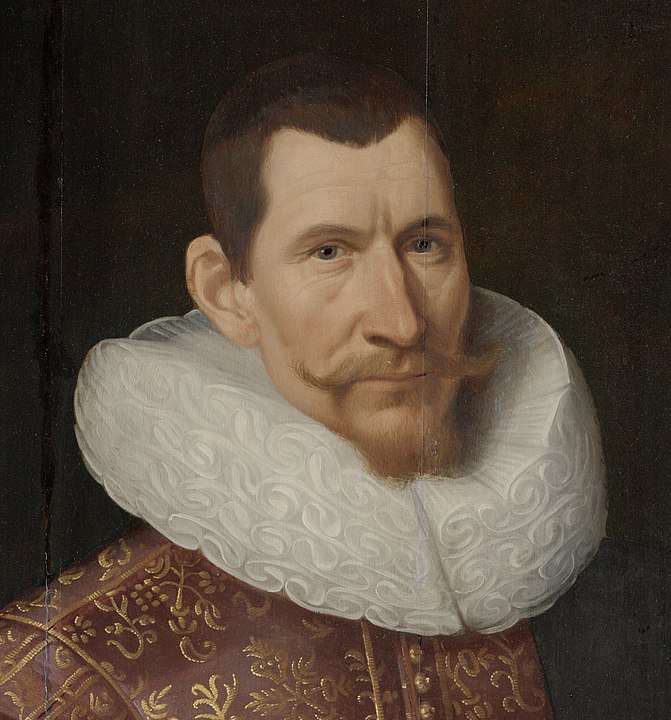The year 1619 CE is commonly thought of here in the United States as the year slavery first “arrived” in one of the country’s constituent colonies, which in some sense is true. But it is definitely thought-provoking that 1619 is also hailed as marking the (re-)birth of “representative government” in the exact same colonial settlement– Virginia.
More on all that, and on the big moves the Dutch colonial corporation the VOC was making in the East Indies, further down. But first two small but illuminating side-eddies in the ever-swirling story of how imperialism continued to build the concept of “the “West”.
Side-eddy 1: Portuguese conquistador conquers Jaffna
In 1619, Portugal’s 200-year-old project of seaborne colonial conquest may have been a dying force in some parts of Asia. But on the strategically located northern tip of today’s Sri Lanka, a Portuguese infantry leader called Philippe de Oliveira was able (re-)conquer the Kingdom of Jaffna from a recalcitrant indigenous king called Cankili II.
Back in the 1590s, the Portuguese had also thought they had seized control of Jaffna by installing a king of their own choosing and under their control. But then Cankili II came along and started resisting them– including by resisting their efforts to force him and all residents of his kingdom to convert to Catholicism.
In 1619, de Oliveira was able with the support of 5,000 troops (presumably, mostly conscripted indigenes from someplace?) to defeat Cankili’s army. English-WP tells us that Cankili, along with every surviving member of the royal family, was captured and taken to the capital of Portugal’s Indian administration in Goa, where he was hanged. Prisoners in Jaffna were beheaded. “The remaining captives were asked [or required?] to become monks or nuns in the holy orders, and as most obliged, their celibacy avoided the production of further claimants to the Jaffna throne.”
Side-eddy 2: A Dutchman goes rogue in Salé
You could argue that the whole rapacious project of the Dutch exploration company the VOC was a case of tens of thousands of Dutchmen– armed traders, investors, and fighters– all “going rogue” at the global level, and you would not be wrong. But in 1619 we saw the case of one Dutchman who went rogue in an interesting way. This was Jan Janszoon, a sailor born in Haarlem in 1575, who worked as a privateer for some years, was captured in 1618 in the Canary Islands by a Muslim North African privateering ship and taken to Algiers, where he converted to Islam and resumed his privateering activities mainly, it seems, on his own account…
So in 1619, Janszoon, now calling himself Admiral Murat Reis took a bunch of his followers to Salé, just north of Rabat on the Atlantic coast of today’s Morocco, where he established a land-base for his activities and called it the Republic of Salé. (Many of the people who lived there already were Moriscos who had earlier fled from Spain.)
So the Republic of Salé became known as the land-base of some much-feared “Barbary corsairs” and lasted only around 60 or 70 years. But how did their activities differ from the plunder and rapine pursued by the VOC, EIC, and all the other European colonial ventures tearing into the transoceanic world at that time?
Slavery and ‘representative government’ come together to Virginia
English-WP tells us that in late August 1619,
the White Lion, a privateer ship owned by Robert Rich, 2nd Earl of Warwick but flying a Dutch flag, docked at what is now Old Point Comfort (located in modern-day Hampton) with approximately 20 Africans. They were captives from the area of present-day Angola and had been seized by the British crew from a Portuguese slave ship, the “São João Bautista”. To obtain the Africans, the Jamestown colony traded provisions with the ship. These individuals appear to have been treated as indentured servants, since slave laws were not passed until later, in 1641 in Massachusetts and in 1661 in Virginia.
There had been enslaved persons, in some number, in the various European colonies in the area of today’s United States before 1619. There were documented cases of Spanish expeditions and colonies using the unpaid labor of enslaved persons, both transported Africans and Native Americans, for several decades prior. (WP: “African slaves arrived in Florida in 1539 with Hernando de Soto, and in the 1565 founding of St. Augustine, Florida.”)
It is also worth noting that numerous different kinds of slavery existed at that time. Among “Christian European” naval forces, as among Muslim forces in the Mediterranean and elsewhere, the use of prisoners taken captive in war to work as galley slaves was very common, as was the taking of captives (and the forced, unpaid working of them on various projects) with the ultimate goal of releasing them for ransom. And such forms of (often short-term) enslavement had been known in many societies for many millennia.
The trans-oceanic transportation of enslaved persons was an “innovation” of the era of Europeans’ global expeditioning, which its practitioners soon discovered had the advantage that the transported enslaved, once disembarked on land very far from their own, did not have the local knowledge or the potential social/familial networks of support that might make it easy for them to consider fleeing. Yes, probably many hundreds of thousands, or millions, of the enslaved people brought to the Americas did try to escape; and in many places they succeeded– often with the help of indigenous allies. In several places in the Americas, these escaped enslaved joined with indigenes to form robust “maroon” communities. But still, the European colonizers in the American mainland and the Caribbean, rapidly discovered that enslaved people who were transported from elsewhere, mixed up in slave-ships with people from many different language-groups, and disgorged onto foreign shores, had fewer abilities to plan rebellion and escape than their enslaved native counterparts.
In Virginia, after the captain of the White Lion sold his human cargo to the Virginia Company, it seems the enslaved Africans were initially treated as– and divided among the local colonists in the form of– indentured servants, which was a category the colonists were familiar with. At that time, there were numerous indentured servants from England and elsewhere in Europe in the Virginia colony. The general term of their service was that they should work for a landowning colonist or for the Virginia Company for seven years, after which they would be given a piece of land of their own to work; and they were treated as persons throughout. It is unclear how many of the transported Africans were “allowed” freedom after seven years. Anyway, by 1661, Virginia had enacted its first formal slavery law. This section of English-WP’s page on slavery in Virginia deals with the transition (for transported Africans) from indentured servitude to slavery and is extremely worth reading.
But democracy!
So around one month before the White Lion disgorged its cargo at “Comfort” Point in Virginia, the Virginia General Assembly was established at Jamestown. This was a unicameral assembly consisting of the Governor, the House of Burgesses, and the “Governor’s Council.” Both the Governor and the members of his council were appointed by the Virginia Company of London, in London. The House of Burgesses, “included two ‘burgesses’ from every town, hundred, and particular plantation ‘chosen by the [free] inhabitants thereof’.” I’m taking a wild guess that only males were involved…
WP tells us that, “Before they adjourned, the assembly had adopted new laws for the colonists as well as programs designed to encourage settlement and improve economic growth in Virginia.” It also tells us (once again) that, “This was the first representative government in the European colonies in North America.” There had, as I’ve noted, been an earlier attempt to have some form of collaborative assembly in the colony, but it had fallen apart in 1609 or so.
Dutch VOC conquers, razes Jayakarta, builds new HQ on its ruins
In the East Indies, the contest between the armed traders of England (the EIC company) and Netherlands (the VOC) continued to sharpen in 1619– though back home in Europe the governments of the two countries had continued to make efforts to settle those disagreements. Indeed in July 1619, England’s King James ratified a new treaty with the Dutch government that would end the conflict in the East Indies.
But of course, it took a long time for news of that treaty to reach the feisty commanders of the two increasingly competitive armed trading fleets there in the “Spice Islands” of today’s Indonesia and Malaysia. By 1619, anyway, the commanders on both sides were little inclined to heed the commitments to peace made in distant London and Amsterdam. The main “prize” they were fighting over in the East Indies was control of the extremely profitable trade of spices from those islands to the European and other global markets.
In 1618, the VOC had sent as its new “Governor-General of the Dutch East Indies” a ruthless, skilled commander called Jan Pieterszoon Coen, who had already seen considerable service in the East Indies.
He found a complex situation at the western end of the island of Java. Back in 1603, the VOC had established its first permanent in-region trading post at Banten/Bantam, located on the Sunda Strait. In 1610, a local leader called Prince Jayawikarta had given Dutch merchants permission to build a wooden warehouse and houses on the east bank of the Ciliwung River near Jayakarta, that is, some miles east of Banten, on the northern coast of Java. Then, “As Dutch power increased, Jayawikarta allowed the English to build houses on the west bank of the Ciliwung and a fort near his customs office to maintain a balance of power.”
By 1618, tensions between Jayawikarta and the Dutch further escalated when Jayawikarta’s soldiers besieged the Dutch fortress at Jayakarta.
Then this:
An English fleet of 15 ships arrived under Thomas Dale, former governor of the colony of Virginia. After a sea battle, the newly-appointed Dutch governor Jan Pieterszoon Coen escaped to the Moluccas to seek support… Dutch garrison commander Pieter van den Broecke [at Jayakarta] and five other men were arrested during negotiations, since Jayawikarta believed that he had been deceived by the Dutch. Jayawikarta and the English then forged an alliance.
The Dutch army was on the verge of surrendering to the English when, in 1619, the Sultanate of Banten sent a group of soldiers to summon Jayawikarta. Jayawikarta’s agreement with the English had not been approved by the Bantenese authorities. The conflict between Banten and Jayawikarta and the tense relationship between Banten and the English provided a new opportunity for the Dutch. Coen returned from the Moluccas with reinforcements on 28 May 1619, razing Jayakarta to the ground two days later and expelling its population.
After razing Jayakarta to the ground, Coen proceeded to build a new Dutch fortress and VOC headquarters on its ruins.
The only say that the “Herren VII”, who were the VOC’s board of directors back in Amsterdam, got in Coen’s project was in its naming: Coen wanted to name it “Nieuw-Hoorn”, after his birthplace but they insisted it be named “Batavia”.
The naming ceremony was held in January 1621– and along the way, “On 24 June 1620, two company officials and three free citizens (or burghers) were appointed to the first College of Aldermen.” (But democracy, once again!)
Jayakarta was called “Batavia” for over 300 years, before reverting to its present name of Jakarta. WP tells us: “The Javanese people were prohibited from settling in Batavia from the time of its founding in 1619”– though it does not say for how long.
(The banner image above is a 1627 map of Batavia’s extensive layout.)
